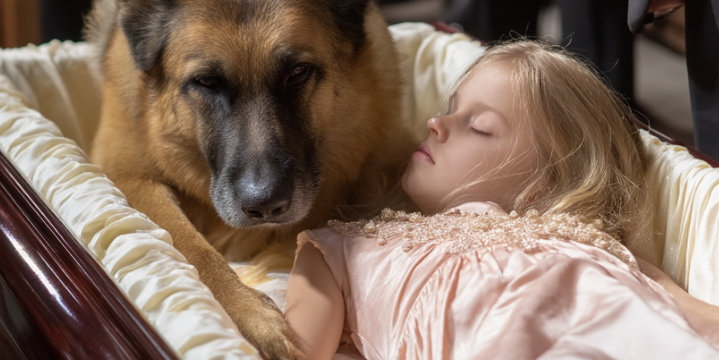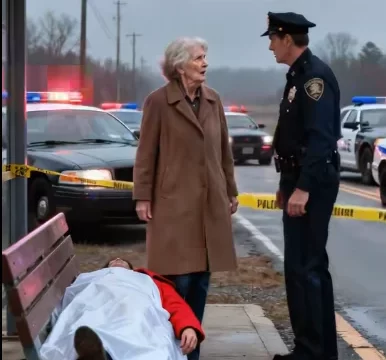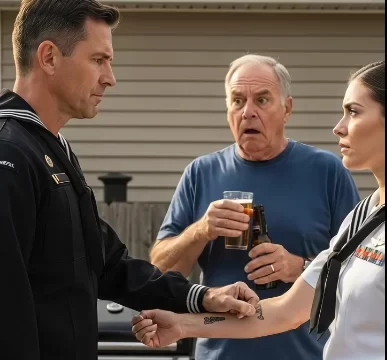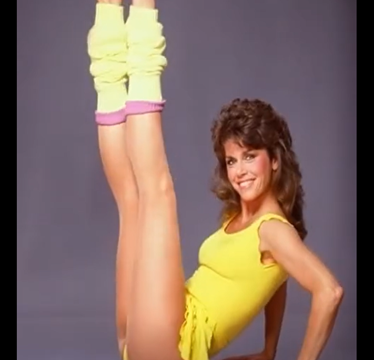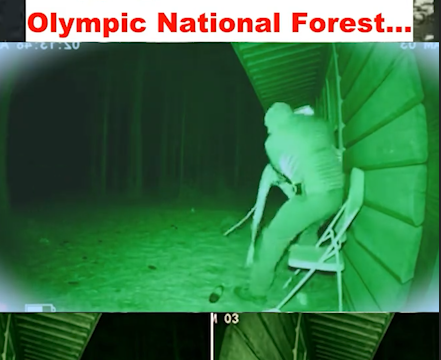Night Shift (1982) wasn’t just Ron Howard’s directorial debut—it was the beginning of a cult classic. Winkler and Keaton’s electric chemistry lights up the screen, Shelley Long adds her irresistible charm, and if you look closely, you might even spot a young Kevin Costner in the mix. But the real surprise? Shelley Long’s unforgettable “magic in the kitchen” moment. Let’s dive into the secrets behind this iconic film!
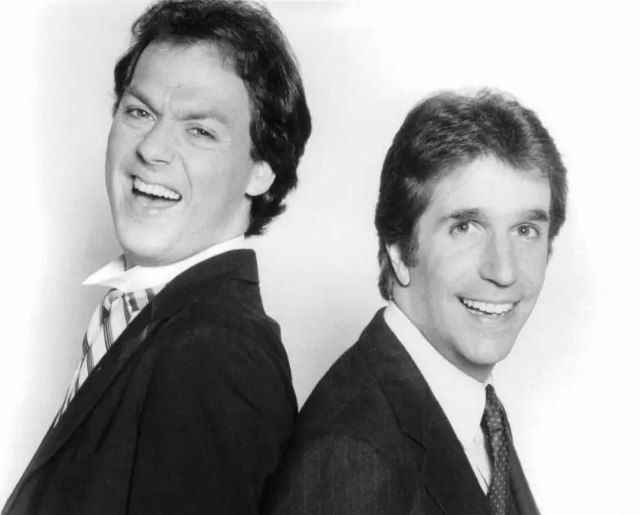
Released in 1982, Night Shift is a quirky comedy that introduced audiences to Michael Keaton’s unique talent and showcased Ron Howard’s growing skills as a director. Set in a New York City morgue, the film follows the unlikely partnership of Chuck Lumley (Henry Winkler), a mild-mannered night shift worker, and Bill Blazejowski (Michael Keaton), his eccentric, overly ambitious coworker. When they stumble upon an unconventional business idea—turning the morgue into a headquarters for an escort service—they find themselves in a series of hilarious and unpredictable situations.
What makes this film stand out isn’t just its clever humor but the incredible chemistry between the three leads. Each character is charming in their own way, making the film even more fun to watch. It’s impossible to talk about Night Shift without mentioning Michael Keaton. Many people forget just how wild and unpredictable young Keaton was, but this movie perfectly captures his raw comedic talent. Night Shift was Keaton’s breakthrough role—his first major starring part. At the time, he was practically unknown, having only appeared in minor comedies and the short-lived CBS series Report to Murphy.
“I don’t know how many times I had to go back in and audition,” Keaton recalled. “It was just callback after callback after callback.” In the end, he won over the writers and producers with his fast-talking style, expressive face, and contagious energy. His performance as Bill “Blaze” Blazejowski became legendary. “I came along just at the time when the changeover from television to film actors was becoming possible,” Keaton later reflected. To get into character, he would blast Bruce Springsteen’s “10th Avenue Freeze-Out” before filming.
On opening day, Keaton watched the movie alone in the theater. “I wanted to sit right in the middle of the theater in the afternoon, and it was wonderful,” he said. Ron Howard hit the jackpot when he cast Keaton. Scene after scene, Keaton upstaged the more seasoned Henry Winkler, who was already a household name as “The Fonz” from Happy Days. Critics raved about Keaton’s performance, and Hollywood quickly took notice.
Despite their on-screen chemistry, Winkler and Keaton never worked together again. Winkler initially wasn’t sure about working with Keaton. “The guy’s talented, but I don’t know if I’m comfortable working with him,” he admitted. Ron Howard reassured him that this unease mirrored their characters’ relationship—Chuck wasn’t comfortable with Bill either. That early tension actually helped shape their dynamic in the film.
Interestingly, Michael Keaton wasn’t the first choice for Bill Blazejowski. Big names like Kurt Russell, Mickey Rourke, John Belushi, Dan Aykroyd, Bill Murray, and even John Candy were considered for the role. “Lowell Ganz, one of the writers, had seen Michael work and said to me, ‘Keaton is going to be a star for somebody, and he might as well be a star for us,’” Howard recalled.
Throughout Night Shift, Keaton’s natural comic genius is on full display. One of the most memorable improvised moments happens when a blind man asks for spare change, and Keaton’s response? He writes the guy a check! Classic Keaton. Ron Howard also sneaks in a cameo as a saxophonist in the subway scene, and his brother Clint Howard makes an appearance as Jeffrey.
The film is packed with familiar faces in early roles. Kevin Costner makes a blink-and-you-miss-it appearance as a frat boy at the morgue party, while Shannen Doherty shows up in an elevator scene, delivering a single line. These little moments add an extra layer of fun to this cult classic.
Night Shift also introduced the world to the hit song “That’s What Friends Are For.” Originally recorded by Rod Stewart for the soundtrack, the song later became a global hit when Dionne Warwick, Elton John, Gladys Knight, and Stevie Wonder recorded their iconic version in 1986.
Shelley Long initially hesitated to play Belinda, the sweet yet tough prostitute who teams up with Chuck and Bill. She was unsure about the role but ultimately embraced it after researching and perfecting her audition. Her portrayal was dubbed “the happiest, most wholesome hooker you’ll ever see on screen.”
One hilarious continuity goof in the film involves Shelley Long’s character making breakfast. Chuck asks for scrambled eggs, but when she starts cooking, they’re clearly fried. Yet somehow, when she serves them, they magically turn into scrambled eggs!
Night Shift is filled with unforgettable moments, classic ‘80s comedy, and an iconic cast. The chemistry between Henry Winkler, Shelley Long, and Michael Keaton is pure magic, making it a story of unlikely friendships, personal growth, and finding connection in the most unexpected places. What’s your favorite moment from this ‘80s classic? Share this article with your friends and take a nostalgic trip back to one of the funniest films of its time!
